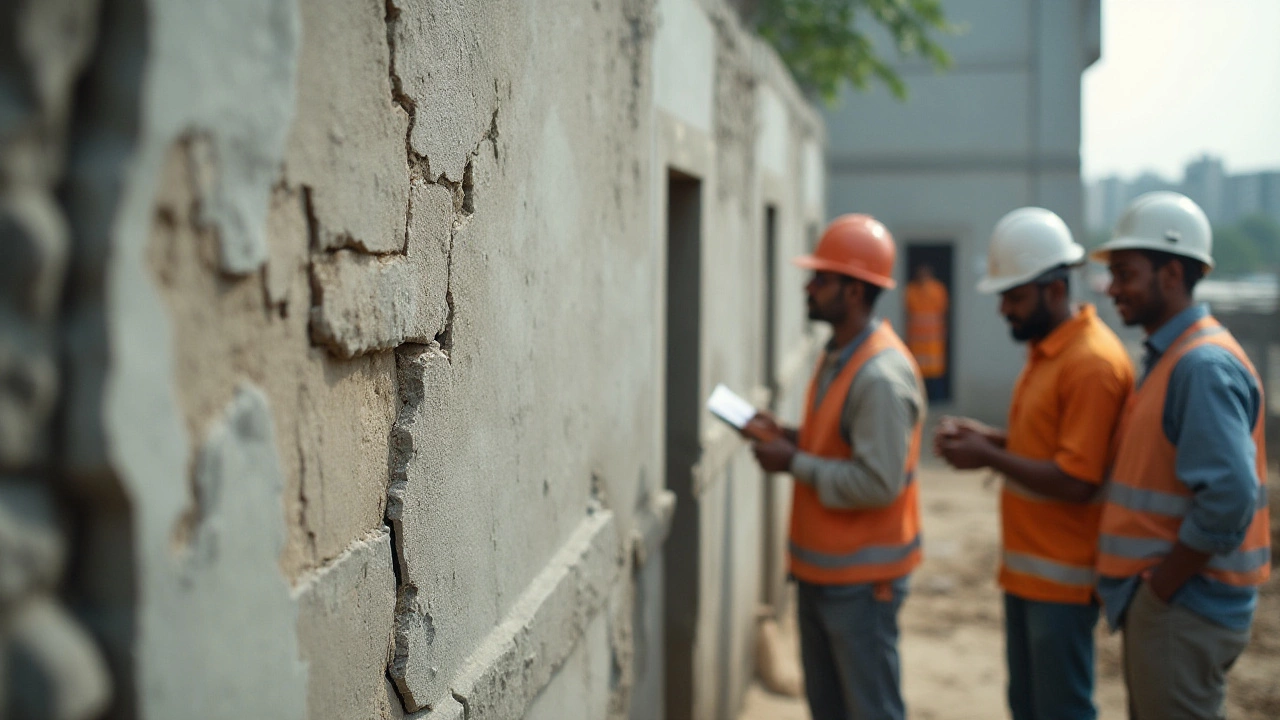Building Defects: What They Are and How to Handle Them
When dealing with building defects, any flaw that compromises a structure’s safety, durability, or comfort. Also known as construction faults, they can show up as cracks, moisture, or uneven floors. Understanding the problem starts with knowing the key players.
One common culprit is foundation cracks, breaks in the concrete or masonry that support a building. These cracks often signal structural damage, weakening of load‑bearing elements like beams or columns. Another frequent issue is mold growth, fungal colonies thriving in damp spots caused by leaks or poor ventilation. Together, these entities form a chain: building defects encompass foundation cracks, which can lead to structural damage, and both create conditions for mold growth.
Why These Defects Matter
Homeowners often ignore a small crack or a musty smell, but the cost of delayed action climbs quickly. A minor foundation shift can evolve into a major settlement, forcing expensive underpinning work. Structural damage may compromise roof integrity, making roof leaks a secondary but serious concern. Meanwhile, mold releases spores that trigger allergies, asthma, and even infections. Recognizing each defect early saves money, protects health, and maintains property value.
Detecting defects requires a mix of visual checks and simple tools. Look for doors that stick, windows that won’t close fully, or walls that bow. Use a level to spot uneven floors, and a flashlight to expose hidden moisture behind drywall. If you spot black spots or a persistent musty odor, you’re likely dealing with mold. For foundation cracks, measure the width; beyond 0.3 mm, professional assessment is warranted. These observations form the first line of defense before you call in specialists.
Fixing defects varies by severity. Small hairline cracks can be sealed with epoxy injection, while larger splits may need steel piers or carbon fiber reinforcement. Structural damage often calls for a structural engineer’s report and targeted repairs like beam replacement or joist sistering. Mold remediation starts with moisture control – fix the leak, improve ventilation, then remove contaminated material safely. Roof leaks are best addressed by locating the exact entry point, replacing damaged shingles, and checking flashing around chimneys or skylights.
Prevention is the smartest strategy. Proper site grading directs water away from the foundation, and installing a robust drainage system reduces moisture buildup. Regular roof inspections after storms catch loose shingles before they become leaks. Using vapor barriers in basements and attics keeps humidity in check, slowing mold growth. Finally, schedule periodic professional inspections—especially after major weather events—to catch hidden defects before they spread.
Now that you know the main types of building defects, how they interrelate, and what steps you can take, you’re ready to dig deeper. Below you’ll find a curated set of articles that break down each issue, offer detailed repair guides, and share cost‑saving tips you can apply right away.
